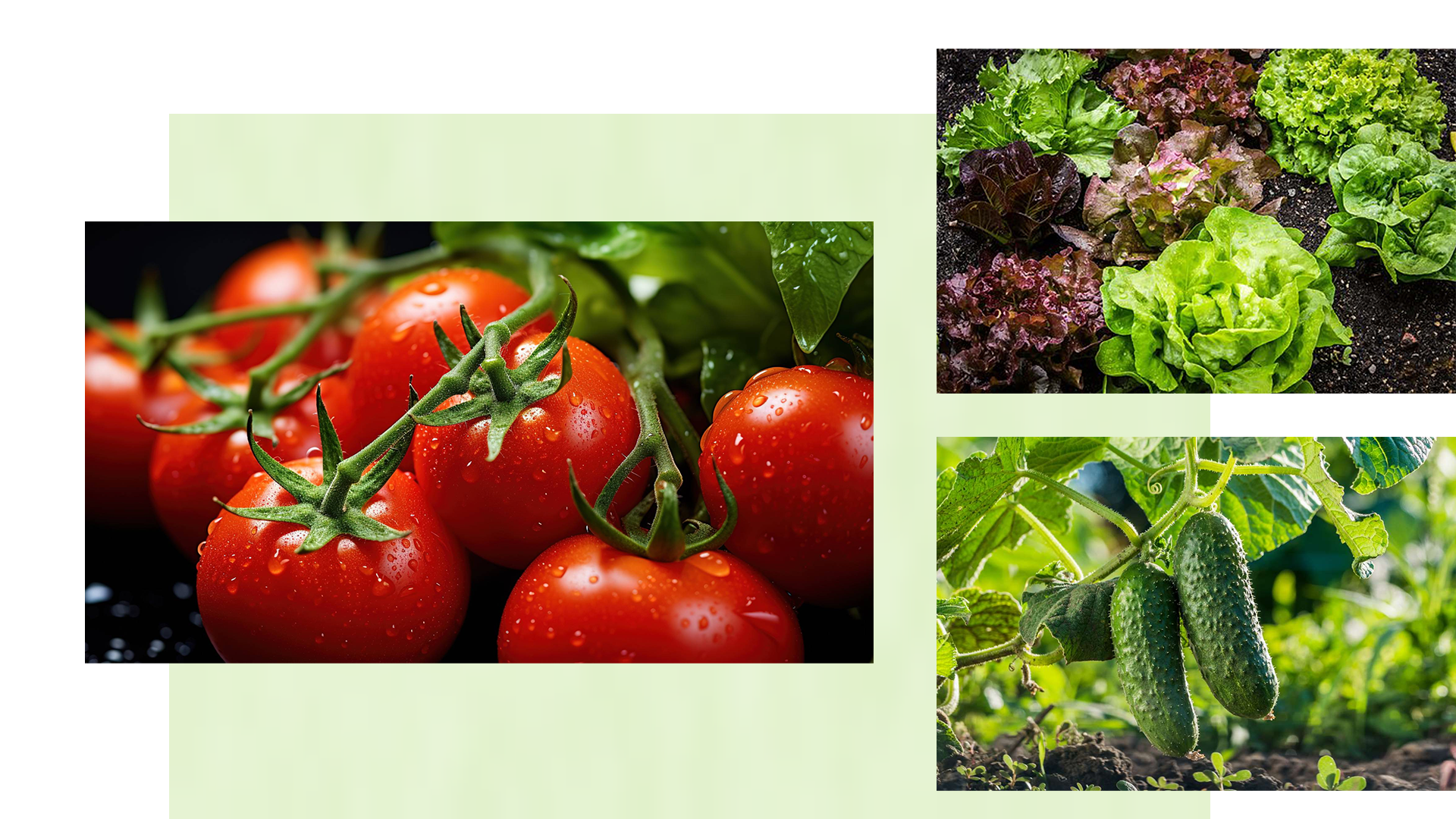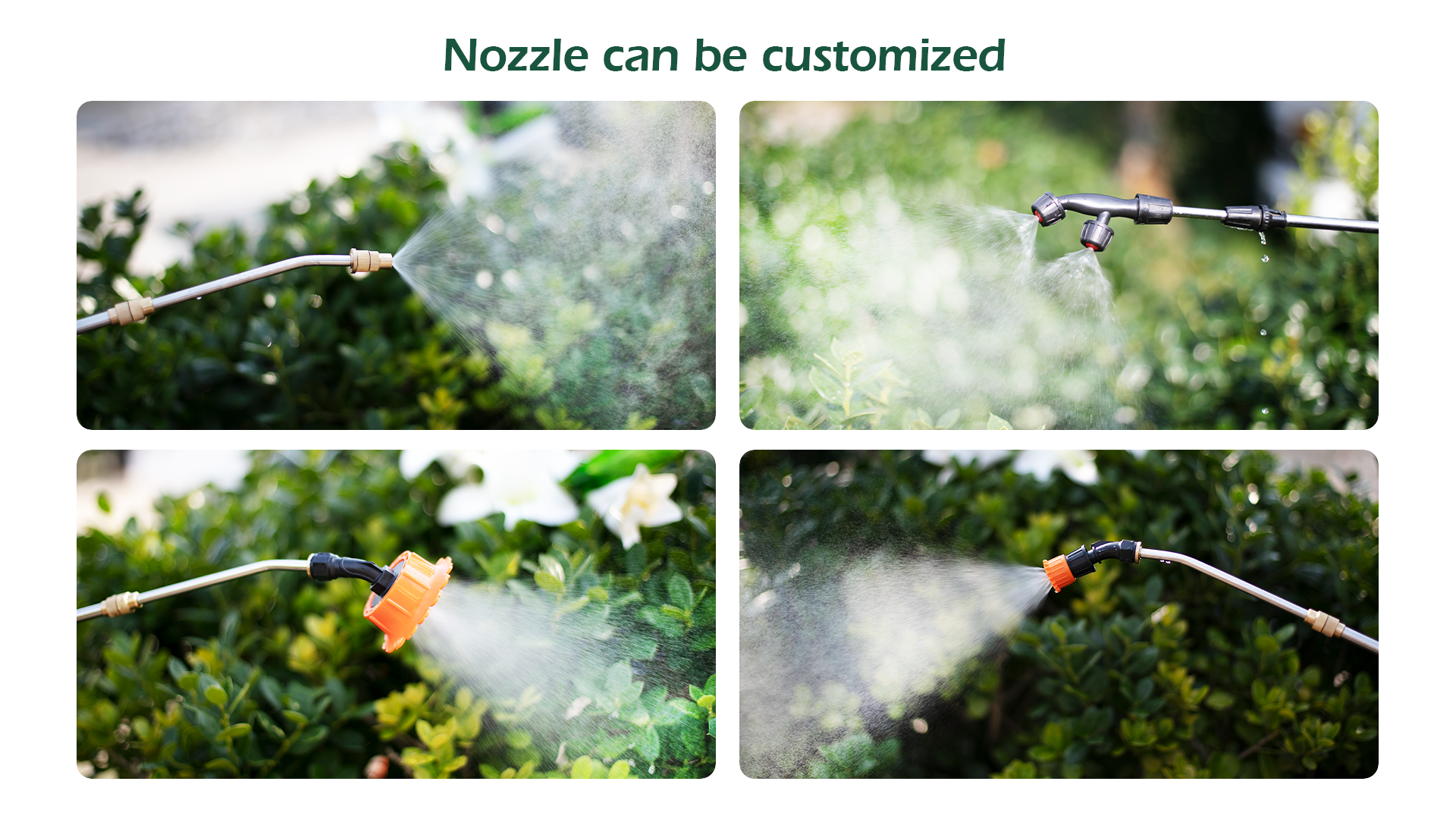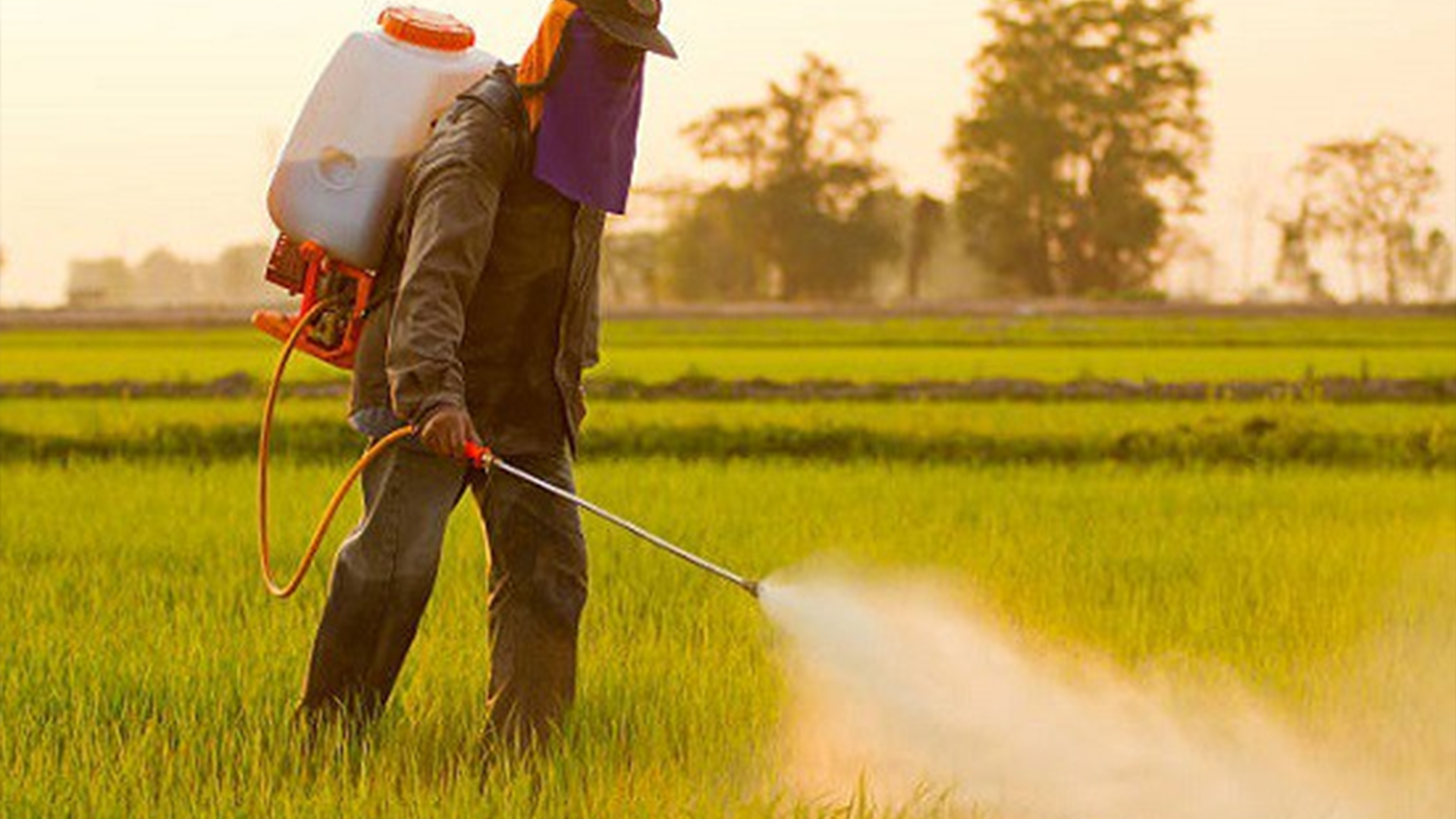
Choosing the Right Backpack Sprayer for Different Crops
In modern agriculture, backpack sprayers are essential for applying pesticides, fertilizers, and herbicides. Different crops, however, have varying requirements based on growth patterns, leaf structure, and environmental conditions. Choosing the right sprayer for each crop ensures efficient chemical use, reduces waste, and enhances crop protection. According to a report by the International Fertilizer Association (IFA), optimized pesticide application using the appropriate equipment can reduce chemical waste by up to 30% and increase crop yields by 10-15%.

1.Fruit Trees
High-pressure sprayers are essential for fruit trees to penetrate tall canopies effectively. Studies by the European Crop Protection Association (ECPA) indicate that this approach enhances pesticide reach by 40%, leading to improved pest control and a 15-20% boost in fruit quality and marketable yield.
2.Grain and Field Crops
For large-scale crops, efficient sprayers with larger tanks are crucial. Research by the United States Department of Agriculture (USDA) (usda.gov) shows that selecting sprayers with high-capacity tanks reduces refill time by 20%, allowing farmers to cover more ground efficiently.
3.Ornamental Plants
Ornamental plants require gentle, fine-mist applications to avoid damage. A report by the Horticultural Research Institute (HRI) highlights that fine mist sprayers reduce water usage by 15-20%, promoting healthy plant growth and minimizing chemical waste.
Key Features to Consider

When selecting a sprayer, several essential features based on research findings and data-supported insights can make all the difference:
-Spray Pattern & Nozzle Selection: Adjustable nozzles provide a customizable spray pattern for better coverage. Studies published in the Journal of Agricultural Engineering (jaeng.com) found that fine-tuning spray patterns can result in 30% better coverage for crops with complex leaf structures.
-Tank Capacity: For expansive crop fields, larger tanks enhance efficiency. USDA research confirms that sprayers with 15-liter tanks reduce refilling time significantly, helping cover large areas quickly.
-Adjustable Pressure Settings: Various crops require specific pressure levels for effective coverage. According to Brazilian Agricultural Research Corporation data (embrapa.br), high-pressure settings improve pesticide application for field crops, reducing drift by 18%.
-Durability and Ergonomics: Ergonomics play a significant role in minimizing fatigue for farmers. A 2023 Agricultural Equipment Manufacturers Association (AEMA) survey showed that 78% of farmers reported reduced fatigue using ergonomically designed sprayers, while those with durable, corrosion-resistant materials lasted 40% longer in humid environments.

(product link① / product link②)
Drawing from data-backed findings, here are some practical tips:
-Match the Sprayer to the Crop: Select sprayers based on crop requirements to optimize chemical use and minimize waste. High-pressure models work well for fruit trees, while fine-mist sprayers better suit vegetable crops.
-Optimize Spray Timing: Spraying during cooler periods, such as early morning or late afternoon, minimizes evaporation and improves absorption. The Journal of Agricultural Climatology (jaclimatology.com) suggests that spraying during cooler times can improve retention by 15-20%.
-Regular Maintenance: Maintaining sprayers ensures efficiency and longevity. The International Spraying Technology Institute (spraytechnology.org) indicates that regular maintenance extends the lifespan of sprayers by up to 5 years.
Conclusion
Choosing the right backpack sprayer for specific crop requirements can greatly enhance agricultural efficiency and effectiveness. With the proper equipment, farmers can improve yields by up to 15% while reducing chemical waste, making modern sprayers an invaluable investment in sustainable agriculture. If you have any needs or inquiries, please visit our website and click on "Contact Us" We are here to assist you with your questions.